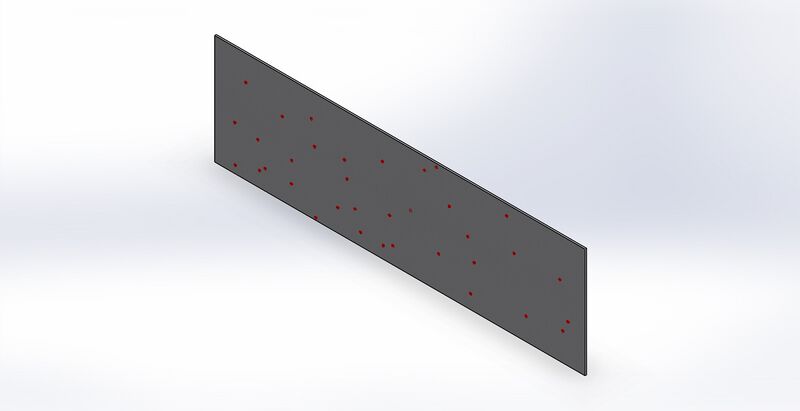BME100 f2017:Group2 W0800 L
FDP Gauze
Above is an image of our gauze product. The freeze-dried plasma cells are visible on the surface of the gauze. The product will be applied directly to site of bleeding episode to directly administer platelets to promote clotting at the surface.
Technical Feasibility
Technically speaking, our product is fairly simple in design, requiring only platelet cells stored in freeze-dried plasma and gauze wrap. Some challenges however to this design include the process of freeze-drying the plasma in an effective way. Additionally, we must ensure that our plasma samples have sufficient amounts of platelet cells present to be viable. Longevity is also an issue. It is imperative to develop a product that has a long shelf-life in order to be economically beneficial to the purchaser. The product must be able to withstand extreme temperatures and environmental conditions. Technical issues our product faces include: the platelets becoming ineffective due to environmental affect, the bandage being unable to absorb enough blood to reanimate the freeze-dried plasma, and the platelets may fail to begin working in a timely manner.
Clinical Feasibility
Given the technical feasibility, it shouldn’t be too difficult to get our device to work in the clinic and elsewhere. Some risks which could occur would be a loss in blood, failure to clot wound, and a risk of infection. So far there has been a clinical trial conducted by Teleflex, Inc. that started May 15, 2017 and continues through to today. Their research involved applying 1-3 units of reconstituted plasma from a patient's own freeze-dried plasma to 24 healthy adult volunteers. (1)
Fundability Worksheet
Technical Feasibility: 2
Clinical Feasibility: 2
Resources
(1) Trial Begins of Freeze-Dried Blood Plasma
